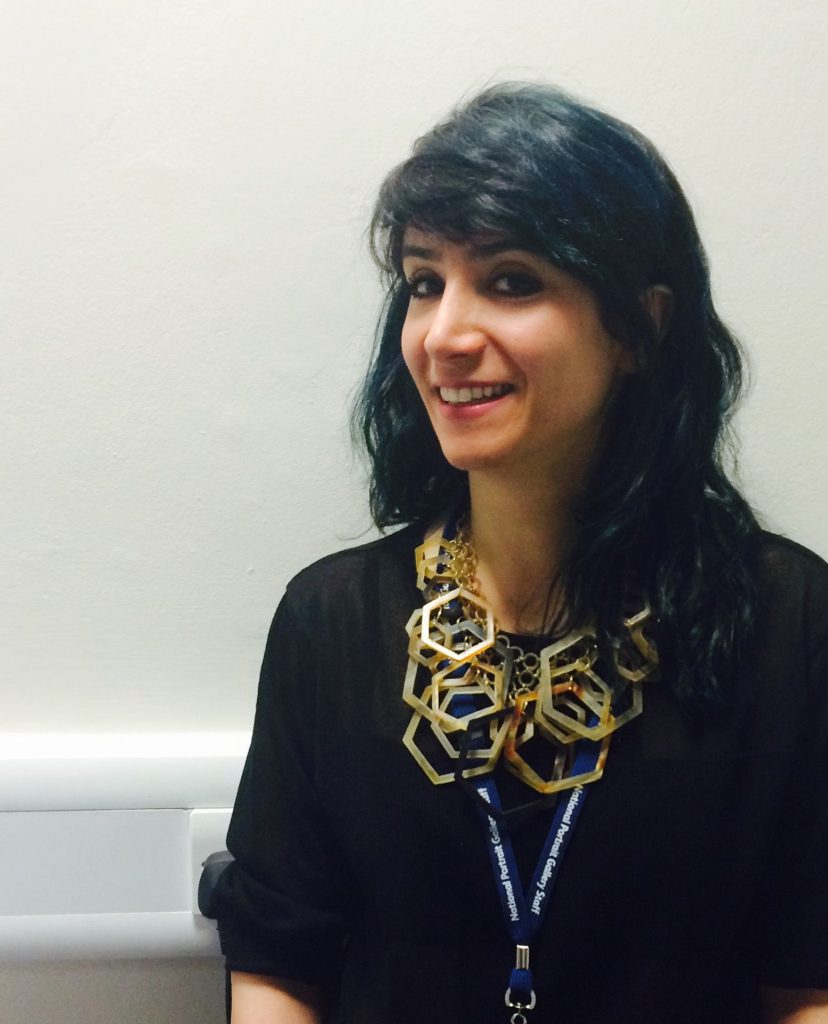
Anahita Rezvani
Artist - Painter
When Anahita Rezvani first arrived in England in 2003 her work reflected strongly, indeed violently her reaction to “Being Here” and the oppression that she had left behind, which her fellow Iranians continued to suffer. The situation in Iran has changed little and those aspects of oppression that featured in her early work here in London, remain firmly part of her current practice. Her paintings are challenging and not made for easy viewing, and although the work reflects the situation in Iran its ambit addresses a much wider canvas of oppression throughout the world and to some extent particularly that of women.
Over time the influences on her paintings have altered and now their language and colour reflect Western Old Master paintings coupled with the gold and the rich lapis lazuli blue that are such a feature of both Persian architecture and historical formal art. Cleverly the paintings are subverted in a manner that derives something from the paintings of Goya and Manet, also of surrealism in the manner of Paul Delvaux, and the work of Chagall with his flying figures. Rezvani combines both imaginative and found images, the subject matter of which is usually blocked or censored in Iran. Their force is palpable.
There is no easy division of the work into categories or influences and only the age-old task of looking will reveal what is there. The smaller paintings tend to deal very directly with the macho absurdities of the authorities in Iran often reflecting their brutality. The bigger paintings such as the one featuring a plane crash speak of a broken nation, broken progress; the survivors of which wander aimlessly about the depicted scene. Erotic images derived from c19 magazines that show an imagined view of half naked sexually active members of a harem are contrasted with images of marching soldiers. These contradictory images of Iran, one superficial, the other contemporary, reflect neither the reality of its people nor their lives. The large Triptych of the public hanging from a crane of a woman in red, with its hints of stigmata, infers a modern crucifixion of a woman taken in adultery. This is a universal image for women oppressed and killed for their gender or sexual activity throughout the world and not just for the oppressed women of Iran.
The paintings display vitality, imagination, and strength and are direct and uncompromising – they display courage to pose difficult questions, to stand up and speak up, even if it is uncomfortable to do so. The world needs more of this.